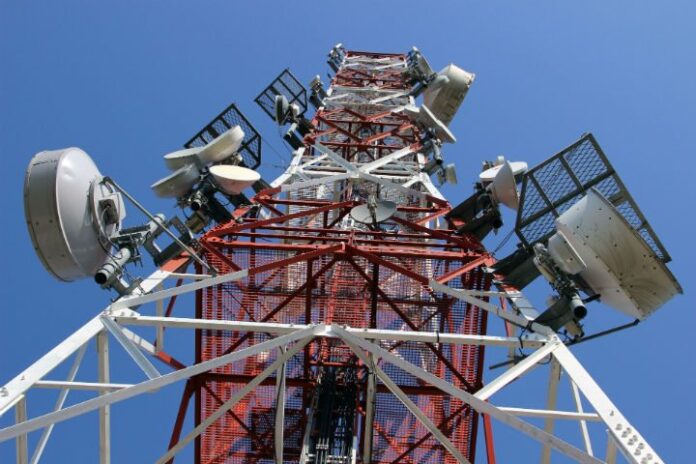DragonWave predicts small cells, 5G and increased data demand to impact backhaul space in 2016
Editor’s Note: With 2016 now upon us, RCR Wireless News has gathered predictions from leading industry analysts and executives on what they expect to see in the new year.
2015 is wrapped up and 2016 will bring about more changes to the backhaul industry. Although there was progress this past year with outdoor small cells, where we saw a few more small deployments and many more planned deployments being announced, there has still not been a significant uptake in volume. In 2016, we expect to see movement in the same direction, but the progress will likely still be slow, with perhaps the start of one or two major deployments, but nothing that points to market-wide adoption as of yet.
2016 will certainly bring more clarity regarding the evolution of “5G” and, as a result, help define the backhaul that will be required. We know 5G will bring very high capacity and low delay, but the industry in the coming year should better understand how much capacity is required for backhaul and what latency is sufficient, as well as what spectrum will be used for access. This will drive what backhaul spectrum can be utilized, and give a greater indication of the likely link length and density of backhaul required.
Network Intelligence will spread further from the core to the edge of the backhaul network in 2016, as we will start to see software-defined networking emerge on last mile links, along with more intelligent switching protocols at the network edge, including MPLS-TP. These features will be seen in new product offerings and should also become more prevalent in operator network requirements.
The continuous reports of security breaches will drive increased security measures throughout the networks. In 2016, we expect this to drive additional requirements into the backhaul layer, including native support of features such as 256AES and 802.1AE to ensure complete data integrity in the backhaul layer.
The continuous trend of mobile price competition and associated all-you-can eat data plans will have two major effects in 2016. The first effect will be the need for more capacity and backhaul network upgrades to handle the user traffic as consumers are taking advantage of the LTE throughput capabilities for increased multimedia content. This will drive the need for network scalability across the mobile backhaul network. At the same time, intense price competition will drive operators to focus on reducing network operating expense to ensure they are in the best cost position possible to maintain profitability.
Although these five trends are expected to be in play in 2016, I am also looking forward to seeing what else might be on the horizon and what surprises are in store for the backhaul world as we move into the new year.
Greg Friesen is the VP of product management at DragonWave, responsible for global product management responsibilities across the company’s complete portfolio of products. This role includes regular interaction with customers to understand their evolving network requirements.

